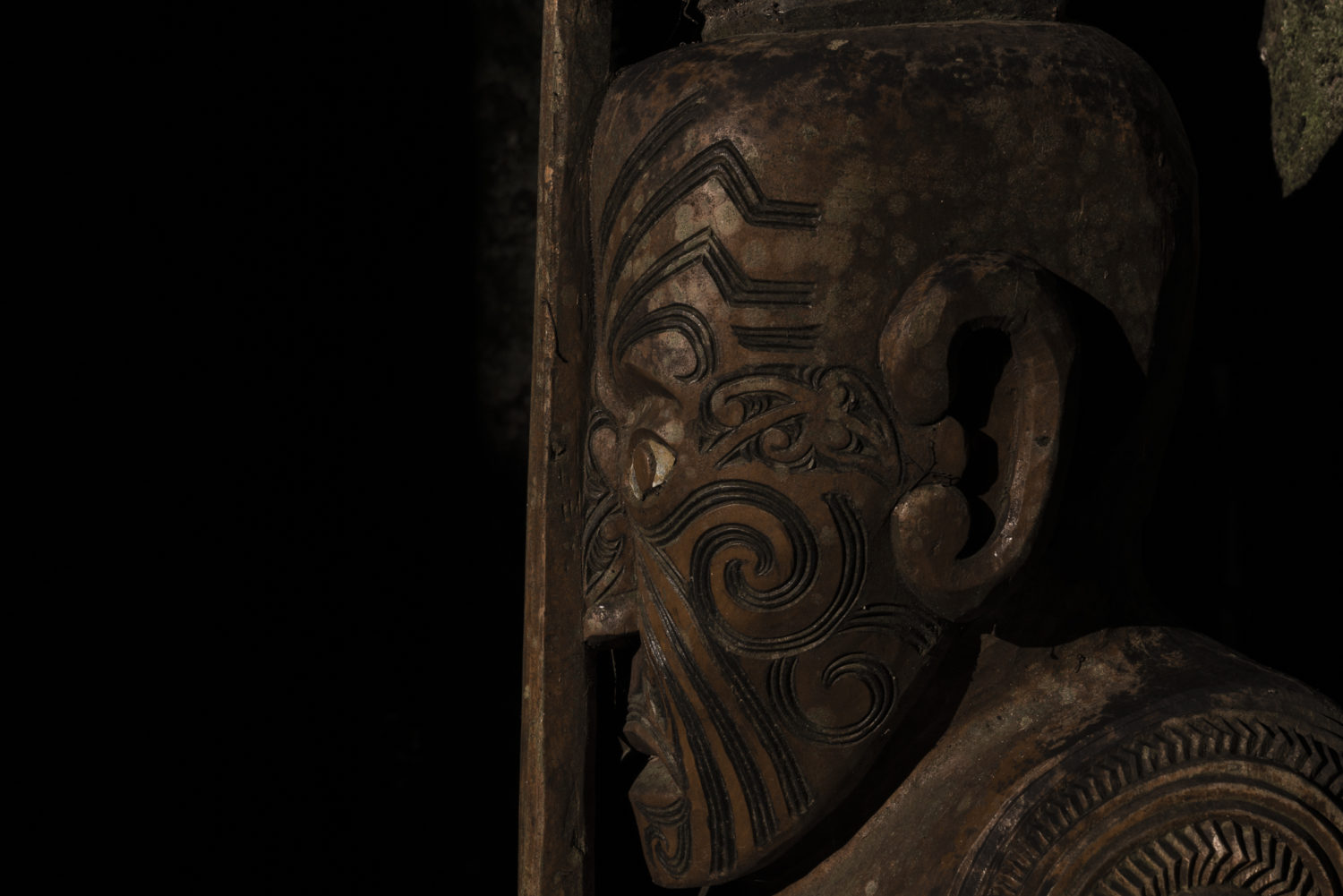Māori Culture

A spine-tingling theatre and a symbol of Māori culture, the haka has been made world famous by the All Blacks. But it is widely used outside the rugby field by men and women in New Zealand. Here are some little known facts about this fascinating Māori tradition.
1. The Haka Was Not Always Such An Integral Part Of The All Blacks Aura
Prior to New Zealand legend, Wayne ‘Buck’ Shelford, talking the helm in the mid-1980s and making his team actually practice the haka, it was more of a novelty for supporters and only performed at away matches, often rather shambolically. It’s all changed now. The wana (passion or intensity with which a haka is performed) runs high in the team and the blood curdling roar of the haka has become one of the most loved sporting traditions in the world.
2. There Are Many Different Haka
Each tells a story. Known as a ‘war challenge’ or ‘war cry’ in Māori culture, the haka was traditionally performed by men before going to war. The aggressive facial expressions were meant to scare the opponents, while the cry itself was to lift their own morale and call on God for help to win. Modern examples of occasions for haka include birthdays, weddings, funerals and other celebratory events. It is also sometimes used as a symbol of tribal identity. The modern haka is even performed by women.
‘Ka Mate’ haka (Te Rauparaha haka), performed by the All Blacks, is the most well-known of all haka. It is a ceremonial haka, celebrating life triumphing over death.
Did you know that before the arrival of Europeans in New Zealand, the haka was performed when two groups came together?
3. The Origin Of Haka Performers’ Trembling Hands Lies In A Māori Legend
The sun god Tama-nui-te-ra and one of his wives, Hine-raumati, who embodies the essence of summer, had a son named Tane-rore. The Māori consider the quivering appearance of the air on hot summer days to be a sign of Tane-rore dancing for his mother, and this light, rapid movement is the foundation of all haka. The hand movements represent Tane-rore’s dance.
Performers in a haka use many other body motions and expressions which may include bulging eyes (pukana), sticking out of the tongue (whetero), stomping feet (Waewae takahia), and slapping the body with their hands.
4. Kapa Haka, Or Performance Art Haka, Brings To Life Current Issues
It is popular with Māori youth, who compete in local and national competitions. The lyrics often address social and political issues within the Māori community. The songs are designed to rally Māoris to address issues and call out injustices.
5. Non-Māoris Can Learn The Haka
We’re a very welcoming and inclusive culture. We love sharing our heritage and encourage visitors to participate in our culture, like learning the haka. However, you must always respect it. Try to learn the words and understand what they mean, why this haka is important.
As part of our Evening Experience, guests are taught the haka – often a real highlight of their time with us!